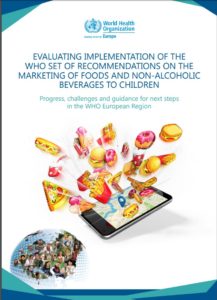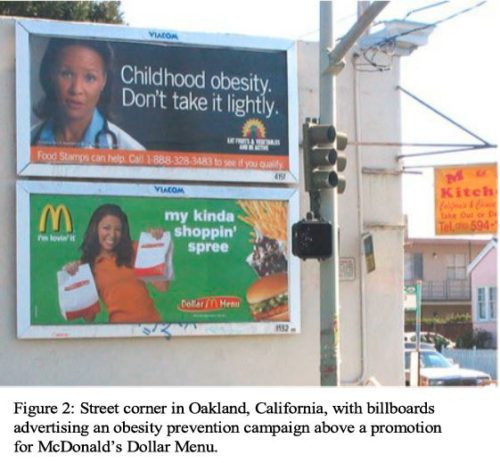WHO Europe report on marketing junk foods to kids: not much progress
Nobody should be surprised by the results of the latest WHO report on the lack of progress in curbing the marketing of highly processed junk foods to children.

The report looks at marketing policies across WHO Europe’s member countries. The data show that while about half the countries have taken some steps to limit junk food marketing to kids, even these steps do not go nearly far enough.
Actions focus mainly on
- Advertising but ignore other methods for reaching children.
- Children up to age 12 or 13, but not others.
The report notes the need for more consistent definitions and regulations across the various countries, especially with respect to digital media.
The report documents the negative effects of highly processed foods on kids’ health. It also documents the uphill nature of addressing this problem.
From the standpoint of the food industry, marketing to children in the line in the sand. They cannot stop marketing to kids and still sell junk foods aimed at kids.
The report provides plenty of evidence for food companies’ prioritizing profit over public health.





